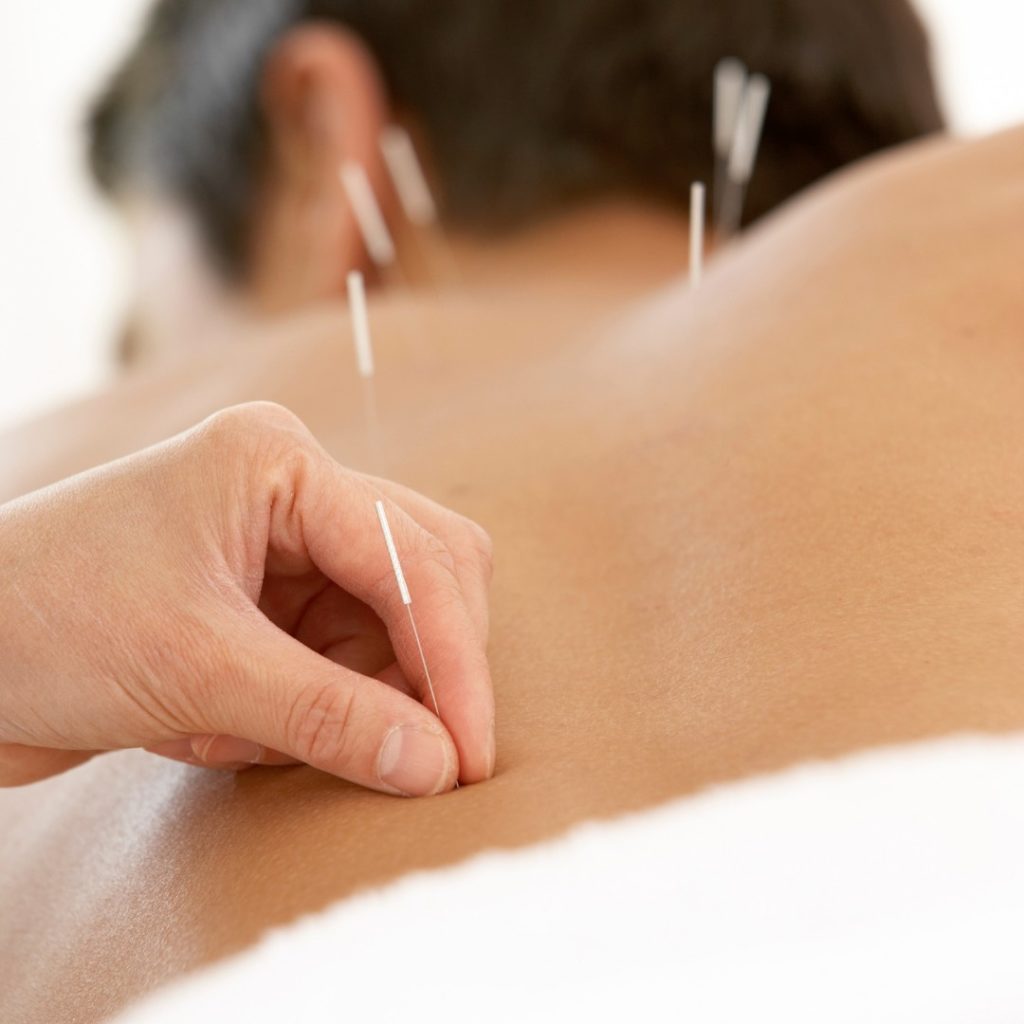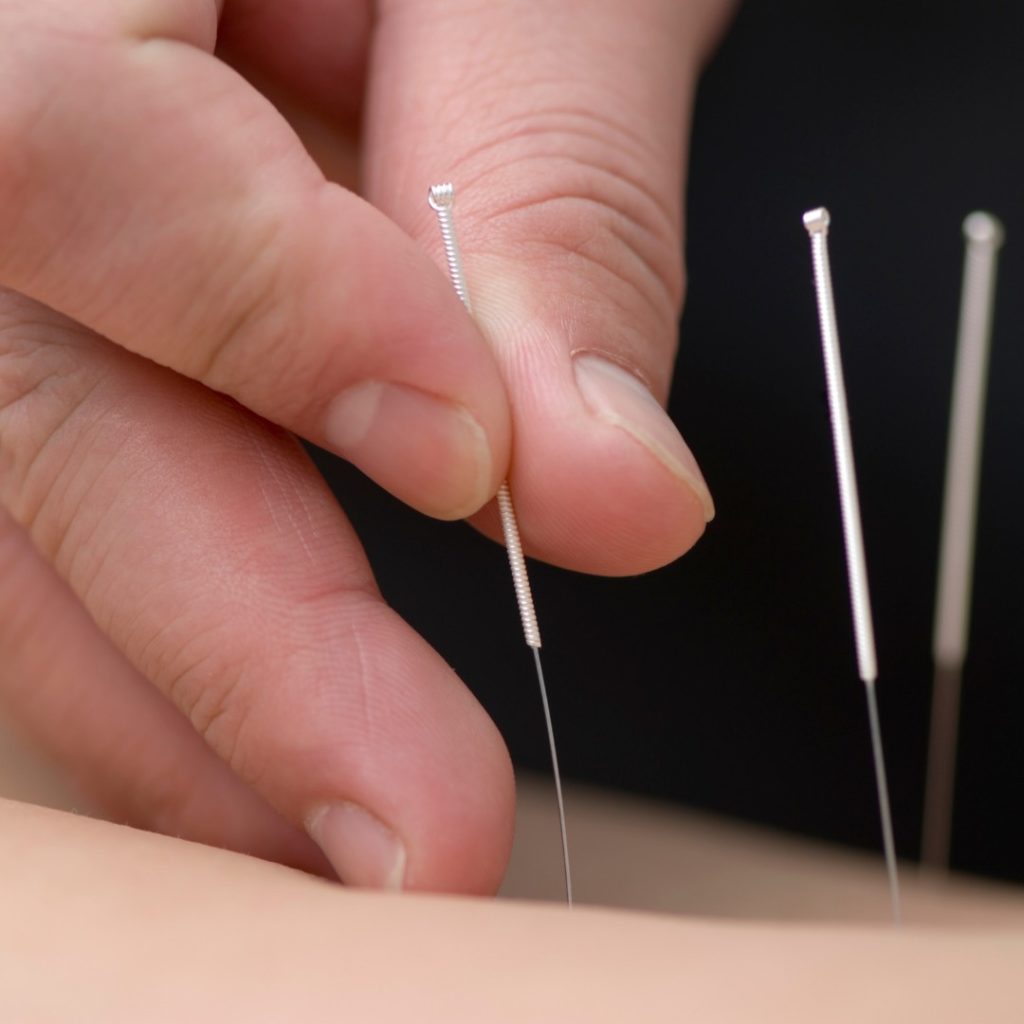How Can Acupuncture Help Me?
Acupuncture involves the insertion of very thin needles through your skin at strategic points on your body. A key component of traditional Chinese medicine, acupuncture is most commonly used to treat pain. Increasingly, it is being used for overall wellness, including stress management.
Traditional Chinese medicine explains acupuncture as a technique for balancing the flow of energy or life force — known as chi or qi (chee) — believed to flow through pathways (meridians) in your body. By inserting needles into specific points along these meridians, acupuncture practitioners believe that your energy flow will re-balance.
In contrast, many Western practitioners view the acupuncture points as places to stimulate nerves, muscles and connective tissue, and that this stimulation boosts your body’s natural painkillers.
Acupuncture is used mainly to relieve discomfort associated with a variety of diseases and conditions, including:
- Headaches, including tension headaches and migraines
- Low back pain
- Neck pain
- Osteoarthritis
- Respiratory disorders, such as allergic rhinitis
- Chemotherapy-induced and post-operative nausea and vomiting
- Knee pain
- Shoulder pain
- Anxiety-related disorders

The risks of acupuncture are low if you have a competent, certified acupuncture practitioner using sterile needles. Common side effects include soreness and minor bleeding or bruising where the needles were inserted. Single-use, disposable needles are now the practice standard, so the risk of infection is minimal. No special preparation is required before acupuncture treatment.
Each person who performs acupuncture has a unique style, often blending aspects of Eastern and Western approaches to medicine. To determine the type of acupuncture treatment that will help you the most, your practitioner may ask you about your symptoms, behaviors and lifestyle. This initial evaluation and treatment may take up to 60 minutes. Subsequent appointments usually take about a half-hour. A common treatment plan for a single complaint would typically involve one or two treatments a week. The number of treatments will depend on the condition being treated and its severity. In general, it’s common to receive six to ten treatments.
Acupuncture points are situated in all areas of the body. Sometimes the appropriate points are far removed from the area of your pain. Your acupuncture practitioner will tell you the general site of the planned treatment and whether you need to remove any clothing. A gown, towel or sheet will be provided. You lie on a padded table for the treatment, which involves:
- Needle insertion. Acupuncture needles are inserted to various depths at strategic points on your body. The needles are very thin, so insertion usually causes little discomfort. People often don’t feel them inserted at all. Between five and 20 needles are used in a typical treatment. You may feel a mild aching sensation when a needle reaches the correct depth.
- Needle manipulation. Your practitioner may gently move or twirl the needles after placement or apply heat or mild electrical pulses to the needles.
- Needle removal. In most cases, the needles remain in place for 15 to 30 minutes while you lie still and relax. There is usually no discomfort when the needles are removed.

Some people feel relaxed and others feel energized after an acupuncture treatment. Acupuncture has few side effects, so it may be worth a try if you’re having trouble seeing improvement with more conventional methods.